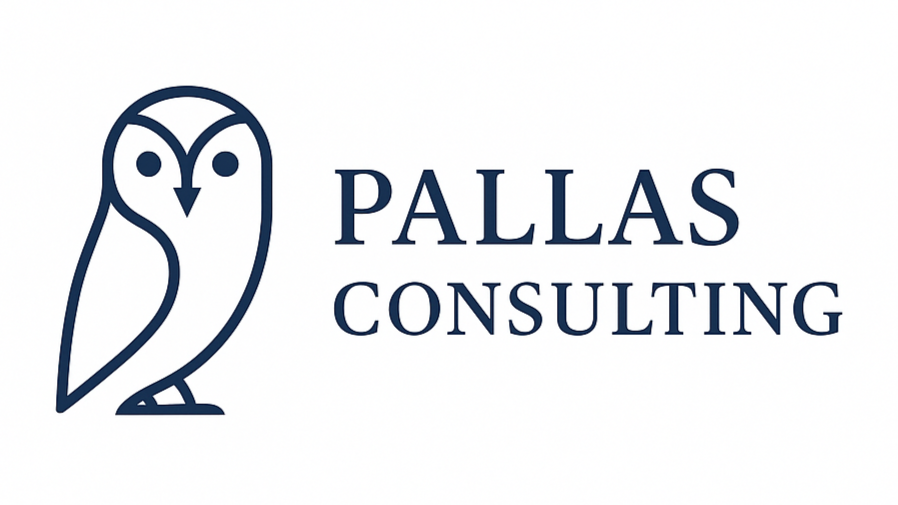Quality Slippage
Have you noticed how “good enough” slowly becomes… not good enough? A draft ships with “fix it later” notes. A customer calls back about something that should have been right the first time. None of it looks catastrophic, but it adds up. In fact, for many firms 15–20% of revenue disappears into rework, errors, and dissatisfied customers (McKinsey, 2022). Unlike major failures, quality slippage is subtle until the damage is done: extra revisions, repeated site visits, confused orders. Over time, both morale and margins erode. Your team has never been busier—yet momentum sags, and the brand takes small, avoidable hits.
How Quality Slippage Shows Up
Fuzzy “done” leads to constant reworks.
When “finished” means different things to different people, work bounces. Hand-offs carry hidden assumptions, QA catches what should have been caught upstream, and “quick follow-ups” become normal. The same job is touched repeatedly because no one shares a single, plain definition of done.Workarounds become workflow.
A clever patch for a busy day hardens into standard practice. Side spreadsheets and tribal knowledge keep lights on but spread variation. The process you think you run and the one people actually run drift apart.Managers end up doing two jobs.
As standards wobble, managers slide from leading the work to redoing the work: fixing decks, re-pricing proposals, rewriting emails, chasing status, and personally QC’ing deliverables. Coaching and capacity-building get crowded out by ad-hoc triage. Direct reports learn to escalate rather than own, and the loop reinforces itself—more rework lands back on the manager’s desk next week.Client-facing misses that dent reputation.
Sloppy proposals, mis-keyed pricing, inconsistent numbers in a board deck, or the wrong client name on a deliverable. Corrections help, but first impressions travel faster than fixes.
Why It Matters
Quality slippage taxes the business in ways the P&L won’t shout about. Time disappears into do-overs and “Can you take a look?” pings. Throughput stalls as failure demand—contacts that exist only because we didn’t get it right the first time—crowds out real work. Discounts and apologies train customers to expect recovery instead of reliability. The bigger risk is reputational: public errors in proposals, plans, filings, or press materials create doubt that outlives the correction. Internally, pride of workmanship gives way to fatigue; if rework is expected, people plan around it rather than eliminating it. The organization doesn’t fail; it settles—into a steady state of “almost.”
A Fast Way to Steady the Work
Keep this light and visible—no bureaucracy.
Create a clear definition of done. Enumerated expectations, the few steps we never skip, and what must be true to call it finished—plus how we verify it.
Count avoidable work. Track how frequently things are right the first time and the share of inbound contacts caused by our own misses. If you don’t measure rework and failure demand, they quietly expand to fill the week and accountability is impossible.
Make expectations stick. Take the time to ensure everyone knows what “good” looks like: show real examples, run 10-minute micro-clinics, link the standard where work happens, and spot-check for understanding. When expectations are explicit and taught—not assumed—quality stops drifting.
Teams closest to the work naturally adapt around friction—they stop seeing it. An outside perspective with fresh eyes across key handoffs often surfaces where standards have drifted and which small guardrails would put a stop to most rework. The frog frequently can’t see when it passes into dangerous territory, and it certainly can’t identify the sources that are increasing the heat. That outside look isn’t more oversight; it’s a clear mirror so your people can do their best work.
